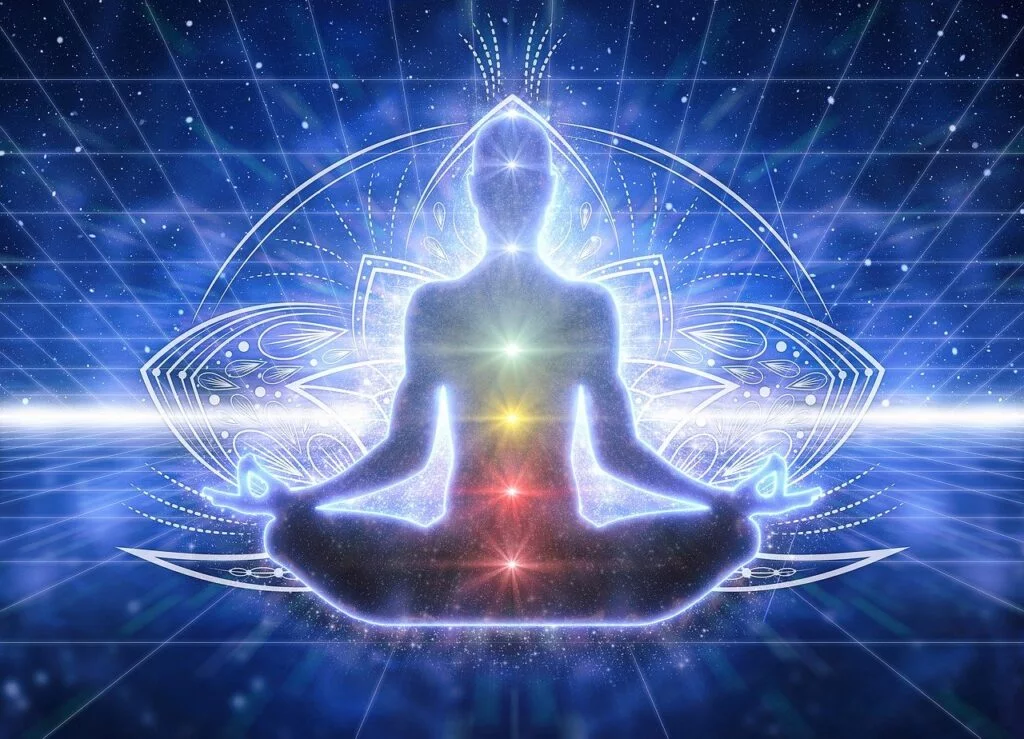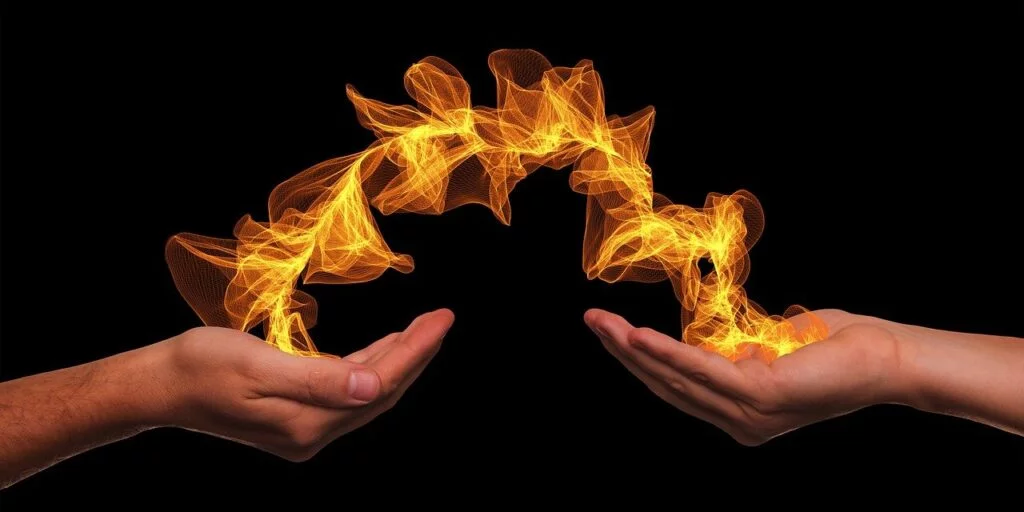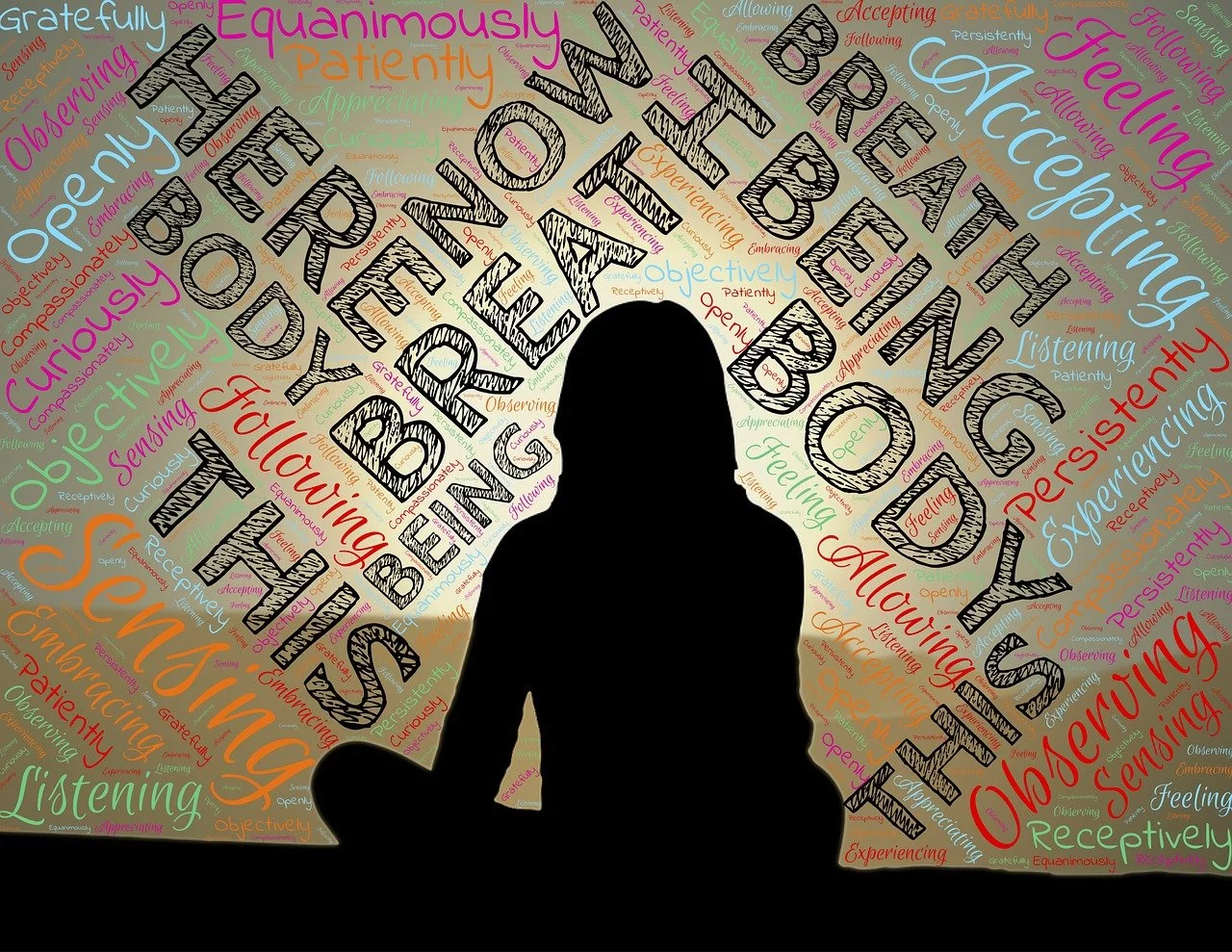The 5 types of Prana are widely discussed in Upanishads. Also, yogic significance is great. In this article, we discuss the yogic techniques to purify them. 5 Prana Vayus appears in the great metaphysical book of Brihadaranyaka Upanishad also. The 5 prana vayus plays a vital role in Ayurveda along with Yoga. However, along with the five pranas there exist Upa Pranas also. You can see the Upa Pranas below the 5 Pranas.
The Prana is the major life force as per the Indian metaphysical text called Upanishads. It is responsible for all the conscious actions and this itself is the essence of the consciousness. They are 10 in number with 5 major prana vayus and 5 minor upa pranas. The 5 upa Pranas are mentioned below the 5 Prana Vayus. (Updated Article)
Here is the list of five Prana Vayus.
- Prana
- Apana
- Samana
- Udana
- Vyana
Let’s have a look at the the true meaning of 5 Prana vayus.
Last updated on
Table of Contents
Prana Vayu in the 5 Prana Vayus.
The Prana Vayu is the breath going inside from the nose. You can think in terms of oxygen for now but there is more to it. There should be no confusion on the major Prana and this Prana Vayu. The Major Prana is about the vital life force in us just like the ‘Chi’. Prana Vayu is just a part of the bigger ‘Prana’. The exercise to purify Prana Vayu is given below in the section of Apana Vayu.

Apana Vayu in the 5 Prana Vayus system.
In the same way, when the breath comes outside of the nose, it is called Apana Vayu. So basically, it is all about exhalation when practiced through Yoga way. Prana Vayu and Apana Vayu are important. The exercises of Rechaka and Puraka pranayama are mentioned in the Upanishads. In the Yoga of Pranayama, the Rechaka means exhalation, this is for Purifying Apana Vayu. However, a combined method is mentioned below to purify Prana and Apana.
Methods to purify prana. Practice daily to get perfection.
- Take a deep breath. Focus on inhalation
- Hold the breath for 2-3 seconds or slightly more, later on, based on comfortability the time can be increased.
- In the same way, focus on the exhalation i.e. the Apana Vayu of the 5 types of prana vayus.
- Hold your exhalation for 2-3 seconds or more.
- Repeat 20 times as specified in the Upanishads.
Some of the Yoga teachers make compulsions on the practice of Pranayama in their own way. However, in major Upanishads only Rechaka, Puraka and Kumbhaka are only considered as Pranayama. Given below is the description of the kumbhaka. Upanishads don’t make compulsions on closing one hole of your nose with your fingers as the Yoga teachers teach.
The Great Samana Vayu.
Samana Vayu in the 5 types of prana Vayus is simply the greatest of all. The first chapter of Brihadaranyaka Upanishad says it to be one of the surest ways to achieve salvation. The Samana Vayu in the 5 prana vayus is majorly about feeling the rhythm of the up and down motion of breath at once. It is all about concentration on the rhythm of the breath. Meditation can only give the conscious feeling of the Samana Vayu. You can read about the Himalayan way of meditation from Scientific Monk.
It is to be achieved by the practice of Rechaka, Puraka, and Kumbhaka. In the above section, the holding of breath is suggested, this itself is called Kumbhaka. When a practitioner gets perfection in holding the breath, he/she is said to be the perfect being. You can start concentrating on the rhythm of the breath. If you get that rhythm consciously, you will know the essence of life. The Samana itself is the essence of life. Practice concentration along with the Rechaka, Puraka, and Kumbhaka. This itself is the greatest meditation called ‘Kriya’.

Udana Vayu in the five prana vayus.
The Udana Vayu is similar to the Samana Vayu. It is the motion of up and down breath with the slight feeling of upward expansion in the stomach. It is the key to understand the next vayu consciously in the 5 types of prana vayus. If the feeling of Samana is achieved, Udana vayu will be conquered easily.
Vyana Vayu, the major in the list.
Vyana vayu is the major in the list of 5 prana vayus. As per the Ayurveda, it is a life-sustaining force followed by the heart and lungs
This life force governs the circular motion of consciousness within the body. Vyana Vayu is all about you, your overall life force. When you achieve the conscious feeling of Samana and Udana Vayu. You will start feeling the continuous expansion and contraction of the life currents. These currents originate from the heart. You will feel the blood flowing through your nerves and coming back to the heart from the arteries consciously. It can only be achieved if the Samana Vayu of the five prana vayus system is perfected.
Upa Pranas.
Besides 5 Prana Vayus, there are 5 minor Upa Prana Vayus also. You can have a look below to know about the Upa Pranas. The literal meaning is being considered.
Naga
When the excess air gets accumulated inside the stomach, the Naga acts and removes the excess air. Similar to Burping. It is called Naga because it moves up just like the Kundalini serpent but in a negative way.
Kurma
Blinking is all-natural, however, it is treated as a upa prana because the conscious form of energy is responsible for it. Kurma is another name for a tortoise or the slow but steady animal. The blinking process is also slow but steady, it is why this is called Kurma.
Devdatta
It is also said to the vehicle of the 10th Avatara of Vishnu named Kalki. Devadatta is Yawning which represents either satisfaction or tiredness. Yogis see its positive meaning that’s satisfaction.
Krikala
It is responsible for sneezing action in beings. Metaphorically it is like a lizard sticking to a wall. Your sputum is like a lizard that sticks.
Dhananjaya
Dhananjaya remains in the body after death for decomposition. It is another name for the fire. Rig Veda says, Agni as a major deity that transforms things.

Click here to read about Yogic Interpretation of Agni from Rig Veda.
Note: The 5 Prana Vayus and Upa Pranas have been interpreted based on the personal meditation experiences of the Author with inferences from the Upanishads. You can read the articles by the author to know more. You can also follow our guide to Astral Projection.

Leave a Reply